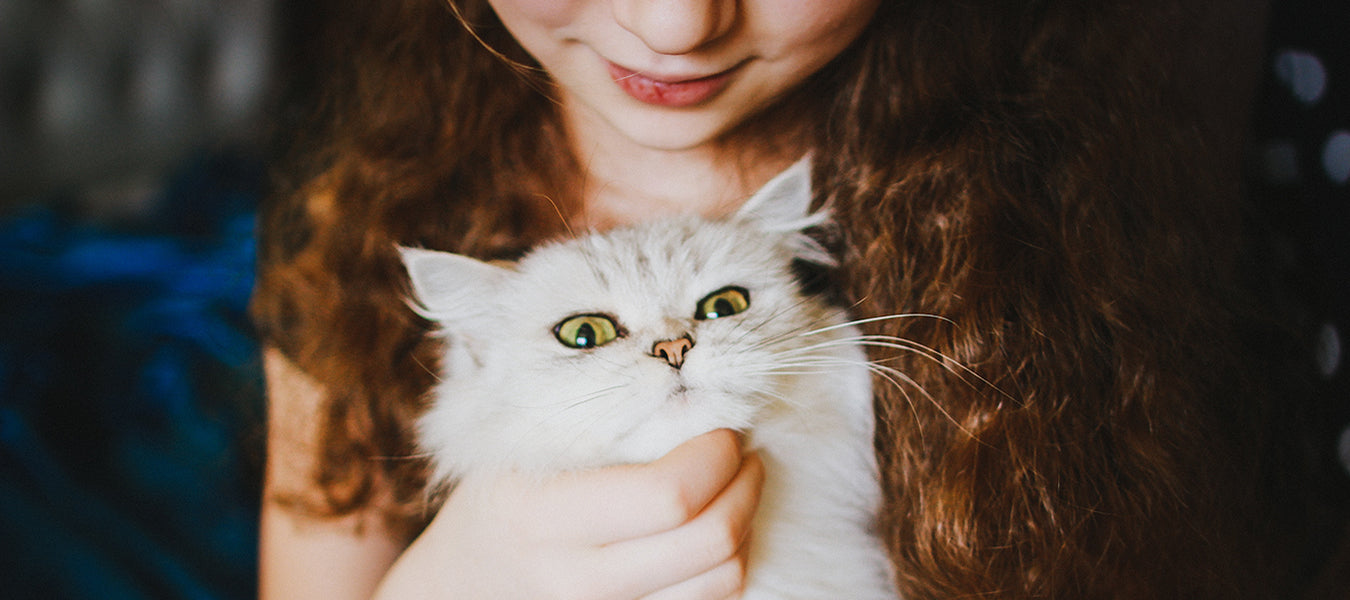As a kid, pets can be so exciting. Giving your kids a pet is one of the best things you can do. They help teach them responsibility and empathy. However, it is also important to teach your kids pet safety. Not every pet will be a great fit for families with kids either. Every type of animal and breed has different instincts and personalities to watch out for. Here are some safety tips for keeping kids safe around pets.
New Pets
Before bringing home a new pet, it is important to teach kids about pet safety. Set rules for them and keep things like their food and litter boxes away from younger children. First, teach children how to treat pets. Teach them to let the pet sniff their hand and pet them softly where the pet can see them. Teach them not to touch or pull on their tail, ears, eyes, or nose.
Pets also do not like it when people, especially kids, are in their personal space. Research has shown that dogs feel stress and anxiety when they are hugged. Dogs are designed to run away from danger. They need to be able to be free to do so. The same is true for cats as well. Teach your children not to hug your pets, but to stick to petting them to give them the space they need.
Signs to Look Out for in Dogs

Not every dog is a good fit for families with children. Some dogs are more aggressive than others. This is due to several factors. It is important to look out for signs of aggression to keep your kids safe. These signs may include:
Growling – Many dogs growl and it is not always a huge concern. If a dog growls at a potential threat to protect themselves or their owners, this is not a bad thing. Just keep your kids away when this happens to avoid startling them. However, if your dog growls while petting them, giving them commands, or just by going near them, they should not be near children.
Unpredictable Behavior – If your dog’s behavior has suddenly changed, it would be wise to keep children away from them. This could include chewing things up when they never chew on things or excessive barking when they are normally a quiet dog. If this is the case, talk to your vet because they may have a health issue that needs to be addressed.
Physical and Mental Health is Declining – As dogs get older, their health can. When dogs are in or do not have the same energy they once did, they like to be left alone. Energetic and playful children around a dog like this could cause them to lash out.
Signs to Look Out for in Cats
Cats do not need to be worried about too much around kids. Compared to dogs at least! They are smaller and rarely cause any serious harm. However, it is important to watch out for these signs:
Constant Hissing – It is normal for cats to occasionally hiss at new pets, new people, or something startling. However, if they are constantly hissing at anyone who upsets them, they could become aggressive. If this is the case, keep them away from children. They will most likely frustrate the cat and cause them to lash out.
Not Up to Date on Shots – Cats are known for carrying diseases. When a cat carrying a disease scratches or bites someone, they can transfer the disease to them. For this reason, it is important to make sure any cat you bring into your home is caught up on their shots. This is especially important when you have kids in your home who more likely to be bitten or scratched.
Most importantly, teach your kids how to be safe around animals. Following these tips for keeping kids safe around pets will help dangerous situations. Check out our article, Dog Proofing Your Home, for tips on how to keep both your dog and home safe. Liquid Health Pet’s K9 & Kitty Calmer is also great for times when your pet may feel stressed around children.
Sources
https://vettedpetcare.com/vetted-blog/4-worrying-signs-you-should-keep-your-dog-away-from-kids/
https://www.animalleague.org/blog/tips/life-with-pets/kids-and-pet-safety-rules/






